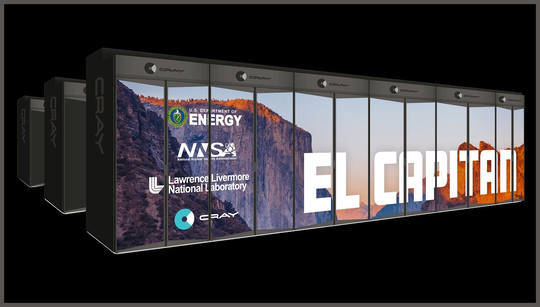The El Capitan Supercomputer: A Game-Changer in Computing Power
The El Capitan supercomputer, set to be the fastest in the world by 2024, is currently being built at Lawrence Livermore National Laboratory. Developed in collaboration with HP Enterprise, this groundbreaking system is based on HPE's Shasta architecture and is expected to deliver over 2 ExaFLOPS of performance. Central to its power is the AMD Instinct MI300 hybrid processor, which combines cutting-edge technology with AMD's renowned performance.
With the ability to perform 2 billion billion calculations per second, the El Capitan supercomputer is poised to revolutionize computational capabilities. The AMD Instinct MI300, built on AMD's Zen 4 platform and equipped with CDNA 3-based compute GPUs, is at the heart of this unparalleled computational machine. Supported by 128GB of HBM3 memory, the MI300 ensures lightning-fast processing and unmatched efficiency.
To bring the El Capitan project to life, HP Enterprise is utilizing a custom interconnect and new server designs. This innovative approach, coupled with the power of the AMD Instinct MI300, will propel the supercomputer to new heights of performance. The installation of components has already commenced, with Lawrence Livermore National Laboratory spearheading the implementation.
As the images below demonstrate, the installation process meticulously progresses, starting from the basics and gradually building up the system's infrastructure. The engineering team responsible for El Capitan is diligently testing the MI300-powered server boards, ensuring their seamless integration into the supercomputer.
It's essential to recognize that the deployment of a supercomputer of this magnitude occurs in stages. Hardware and software engineers meticulously fine-tune each component to guarantee optimal functionality. Over time, additional components will be integrated, further augmenting the system's overall compute power.
Though the El Capitan supercomputer won't be fully operational until 2024, the engineering team is actively working on it, even during the testing phase. The naming of the supercomputer is a nod to its location, residing in the same building as the Livermore Computing Center's renowned supercomputer, El Capitan.
Stay up-to-date with other exciting tech stories:















